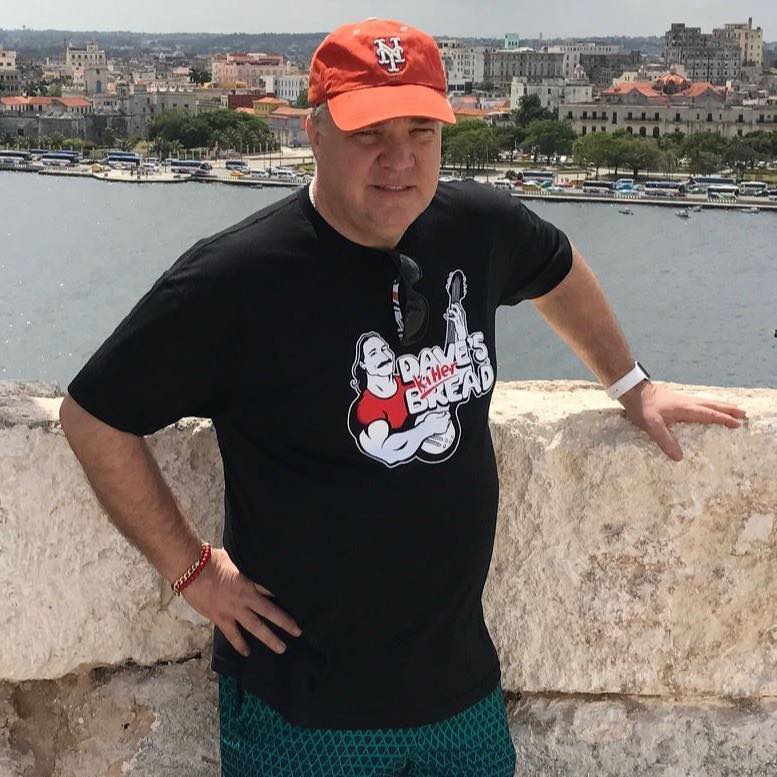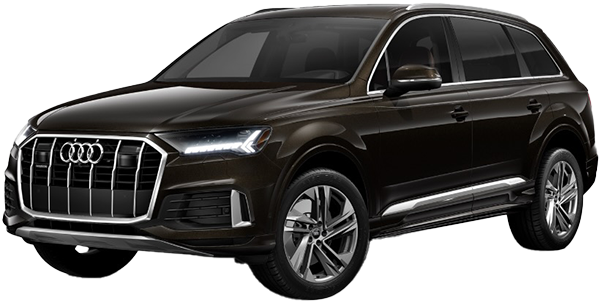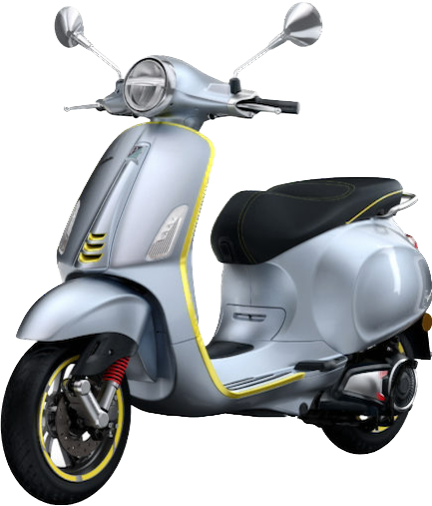
Tech & Tools
what I use and how I use it
(inspired by the Uses This site)
My hardware—office:
The hub on my desk at school is an employer-issued MacBook Pro (2021 model with TouchID and an M1 chip), but it’s deployed more like a Mac mini: I repurposed an old 27-inch Apple Cinema Display and connected a Magic Keyboard and Magic Mouse so it functions like a desktop machine (I almost never take the laptop out of its cradle). I mounted a ring light above the monitor once I started classes at the University of Chicago over Zoom (and with the onset of the pandemic, video conferencing became a more regular part of my routine, of course). I also use a Blue Yeti USB-connected microphone for podcast recording.
I have a printer connected to the hub, though I almost never use it. The printer was a freebie when I bought a computer some years back. It’s just easier to send documents over the network to the fancy printer in the English Department room down the hall.
The school also provides me with an iPad Air, but I tend to use my personal tablets most of the time. Sometimes I’ll bring this particular iPad to class if I plan to project a Keynote slide deck or some video content.
A HomePod mini nearby gets regular use playing music or NPR and answering queries about the weather forecast and such. It replaced an Echo Dot, which I rarely used, in my office. I also have an old Bose Soundwave on a bookshelf behind me as well, as an alternative to the HomePod mini for radio or music; it has the advantage of being able to play CDs. I keep an older pair of Beats Studio wireless headphones in the drawer, too.
I also have an electric kettle next to my desk, which means I can boil water for a cup of tea or for a quick lunch of bone broth and shirataki noodles without leaving my office.
My hardware—home:

The desktop rig in my study—a 2014 27-inch 5K iMac—finally bit the dust. I’d have replaced it with a new iMac if Apple had a model with the same (or larger) screen size in the current line-up, as I am quite attached to the expansive screen real estate. Since I couldn’t wait for that, I opted for the Mac mini with Apple Silicon (M2 Pro chip) and Studio Display (another 27-inch 5K Retina display). I might have gone for a non-Apple monitor—which could have been even bigger and certainly would have been cheaper—but given how much time I spend on Zoom, doing without the built-in camera was a non-starter, so I stayed within the Apple ecosystem where all the hardware plays nicely together. (The 122-degree field of view and the Center Stage feature of the Studio Display’s camera are very cool.) I splurged for all three “Magic” accessories: the Mouse, the Trackpad, and the Keyboard with Touch ID and Numeric Keypad. The Mac mini sits atop a Satechi Stand & Hub, which moves a bunch of ports to the front and also provides an enclosure for a 1TB SSD for backups and additional storage. I keep a SuperDrive connected to the mini, mostly to rip CD or DVD media files. Once video conferencing became an even more regular feature of my life, I bought another ring light to facilitate online classes and meetings from home. There is also a full-sized Apple HomePod on my desk for music and podcasts and quick Siri queries. In 2012 I bought Mirra Chair by Herman Miller for my desk. And as of 2023 I keep an Eames Lounge Chair and Ottoman in my study for reading.
My media hub in the living room is 75-inch Samsung QN95B Neo QLED 4K, matched with a HW-Q990B Soundbar, also from Samsung. This setup fires an incredible 22 channels of Dolby Atmos sound, providing an immersive theatrical experience. The connections to the subwoofer and rear speakers are wireless. Before getting the new sound system, I often connected to the Apple TV with a pair of AirPods Max headphones, which I love. They channel spatial audio for some programs, which took me a while to get used to. I watch most stuff through streaming via an Apple TV 4K. A newly acquired 4K Blu-ray player—the Panasonic UB420K model—with high-end video and audio playback complements all of this quite nicely. (I also have a region-free DVD player and an old PlayStation 3 on hand; I bought the latter as my first Blu-ray player, as I’m not much of a gamer.)
Upstairs I have a 52-inch Samsung paired with an Apple TV HD for the rare occasion I watch something in bed. More often this set is on during workouts on my Diamondback 1260sc exercise bike (which connects to Apple Watch so it’s easy to use with Fitness+). I recently redeployed a pair of HomePod minis at bedside, used for waking me up and playing music, and also linked to the Apple TV. (I should have done this setup months before, as the stereo pairing of the HomePod minis generates very full sound.)
A network of other smart speakers—another HomePod mini, an Amazon Echo, and an Echo Dot—are scattered through the house in an effort to create something of a smart home. In addition to having music and other audio content available throughout the house on voice command, I can control some of the lighting inside and out.
My hardware—mobile:
When I’m out and about, I carry a Desert Titanium iPhone 16 Pro Max, wear an Apple Watch Series 9—I rotate a Product (RED) Series 6 onto my wrist at night to track my sleep while the 9 charges—and sometimes don the AirPods Pro. All these devices sync up brilliantly. If I am flying somewhere, I take along the aforementioned AirPods Max, which feature excellent noise cancellation. I recently bought a hard case for these headphones, which is handy for travel. And I just picked up an AirFly, a handy little Bluetooth transmitter that plugs into the seatback headphone jack so I can connect wireless headphones to in-flight entertainment if I choose to.
Because it’s so small, I’ll often carry my iPad mini—sixth-generation, A15 Bionic chip, Apple Pencil support, Touch ID in the power button, upgraded camera—as well, though if I expect to need cellular data or write a lot or watch movies or shows on a bigger screen, I’ll opt for my 2024 13" iPad Pro with the M4 chip (I maintain an unlimited data plan from AT&T on it, which has been grandfathered at a reasonable rate since the very first version of the iPad). I have the newly upgraded Magic Keyboard paired with this tablet, and it’s simply a great machine (though the iPad mini is much more portable). I was using second-gen Apple Pencils—a true game-changer product—with my tablets but now use the more powerful Pencil Pro with the new iPad. (I also keep an old iPad Pro with the original Apple Pencil at home and occasionally will bust that out when the newer model is getting charged.)
I use the iPad mini as my primary e-reader for digital texts. If I plan to be outdoors, I will bust out the Kindle Paperwhite (7th generation), which is small and light and has an attractive e-text functionality. I also have an older Kindle Fire mini-tablet that doesn’t get much use anymore.
I am far less likely to carry a laptop with me on the road nowadays, given the versatility of the iPads nowadays, but at times I need a Mac for composing prose or editing a website, and I have a 2022 M2 MacBook Air that is as good a notebook computer as I have used. Its lightness is a genuine asset, as are the sleek redesigned form factor, the Touch ID, the improved camera, and the large and bright display.
If I will be away for more than a few days, I am likely to bring along my portable Blu-ray player and an old Amazon Fire TV Stick that I picked up for next to nothing some years back. In most hotels I can connect these devices to HDMI ports, either to watch the physical media I brought along (I’m still a sucker for all the extras that Blu-ray releases include) or to access streaming services. The portable Blu-ray player is easy to plug into my TVs at home, too, when I’m not traveling.
My software:
I am wedded to Apple’s built-in apps mostly because of the ease of syncing: Calendar, Reminders, Contacts, Mail, and Notes all play well together, and do so across devices and platforms. I suppose this means I am locked into the Apple ecosystem, but it must be a case of Helsinki syndrome, for I am content to be such a prisoner.
I don’t use Pages or Numbers often, however; I am too much of a creature of habit with the Office 365 suite, as I’ve been using Word and Excel from their first days on the Mac. The school has a site license for these Microsoft programs. For longer writing projects I swear by Scrivener. Keynote is by far preferable to PowerPoint. And I refuse to use Outlook for email and calendaring. Apple Mail lets me handle about 10 different email accounts pretty capably. What I really don’t get is the alleged appeal of Google Docs/Sheets/Slides and Gmail. I use Drive when I have to and occasionally Forms to conduct a ballot or survey or to manage appointments. It’s something of a running joke in my classes that I refuse to accept work turned in as a Google Doc: too much work for me to log in to the right account, convert the document to a PDF, etc.
Through work I have access to all the Adobe Creative Cloud apps but I mostly use just use Dreamweaver—for handling web content and creation—and occasionally Photoshop.
I’m a big fan of Dropbox for file storage, backups, and collaboration; I love how it reliably syncs my stuff and keeps it all accessible across platforms. iCloud is a suitable alternate choice for remote files and for backing up my backups. (And unfortunately people send me things on Google Drive as well; using that is a work-related necessity rather than a choice.)
For task management, I rely on OmniFocus, an app which is considerably more robust than Apple Reminders, and which works seamlessly across the Mac, the iPad, and the iPhone. I also use its cousin, OmniOutliner, for organizing ideas and lists.The demise of Notebook by Circus Ponies is still something I lament. I liked the approach this software took to keeping notes, clipping content, and organizing information. I use OneNote for some of those digital notebook functions now: mostly packing lists and reading lists. Recent upgrades to Apple Notes have made the app much more powerful, so that tends to be what I use for capturing and curating ideas, notes, and workflow now. (I tried Evernote for a while, but it never quite won me over.)
I make extensive use of Notability for grading papers, completing forms, and all sorts of document management and planning. It’s also useful as a whiteboard to project in the classroom or to share over Zoom. I love the integration of the Apple Pencil with this app.
For dealing with media files, I employ Audio Hijack, HandBrake, Ripit for Mac, and VLC media player. And the built-in Apple Podcasts app on various platforms does the trick on that front. For cataloguing media, I use Delicious Monster.
My VPN apps of choice are TunnelBear and NordVPN.
I subscribe to Apple One, which bundles access to Apple Music, Apple TV+, Apple Arcade, iCloud+, Apple News+, and Apple Fitness+. I use all of these services regularly except Arcade, so the package is a good deal for me.
Assorted analog gear:
My “go to” writing implements for day-to-day use are Muji pens imported from Japan (I prefer the .38mm nibs and blue-black matte gel ink). To mix things up, I also work my way through multi-colored packs of Pilot Precise V5 or V Razor Point rolling ball pens, all with extra fine nibs. I use Blackwing pencils, too, mostly alternating between the 602 and Pearl. I write in journals from either Moleskine or Leuchtturm 1917.
Sunglasses are from Rocket Eyewear, a Singapore-based company founded by one of my former tennis captains. I own a bunch at this point.
For sports equipment, I have used the same suppliers for years now: HEAD squash and tennis racquets (I am a long-time wielder of the Prestige sticks on the tennis courts) and adidas sneakers and sportswear; I’m a pretty dedicated three-stripes guy at this point!

My wheels of choice are a 2024 Audi Q7 and a 2022 Vespa Elettrica. The former is pretty high-tech, and one of its best features is a Bang & Olufsen 3D Sound System, including a subwoofer built into the chassis of the vehicle. It also features Apple CarPlay integration with my iPhone.

For short trips out of town, I use a Rimowa Air Salsa bag, which I received as a gift from a graduating student and which I absolutely adore; it’s light and it’s tough and it’s easy to fit in an overhead rack on an airplane or train. If I will be away longer, I’ll take the larger L.L. Bean Continental Gear roller bag, embroidered with “The Founders League” on it—a sendoff from my fellow League ADs when I stepped down as athletic director—a piece of luggage that capably circumnavigated the globe with me on my last sabbatical. Beyond those proper suitcases I have a whole range of duffles, carryalls, totes, crossbodies, briefcases, and messenger bags, mostly from Will Leather Goods. I make use of a set of AirTags to keep tabs on my luggage (as well as on my main set of keys) in the event a bag wanders off or doesn’t show up at baggage claim.
revised June 29, 2025